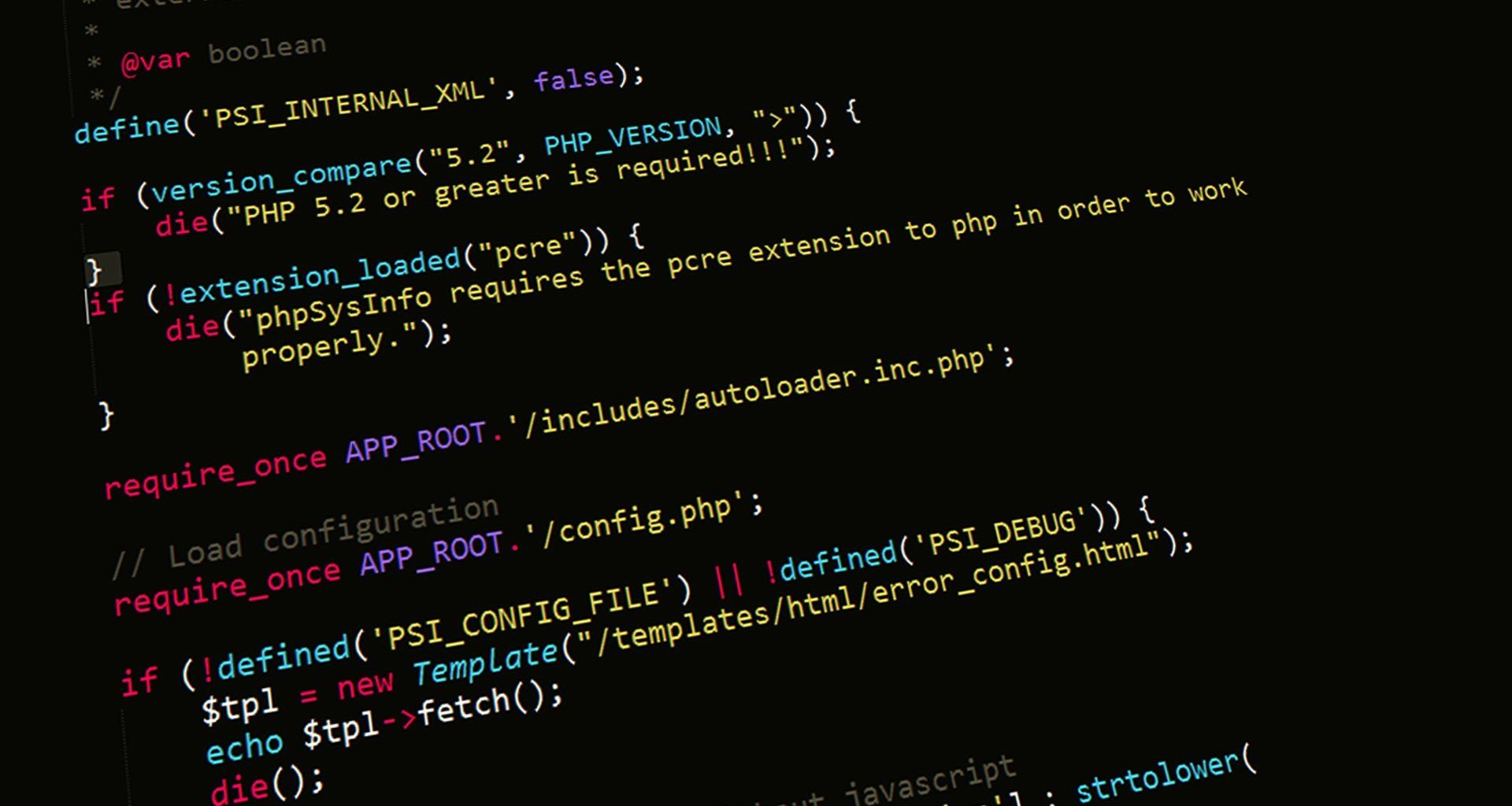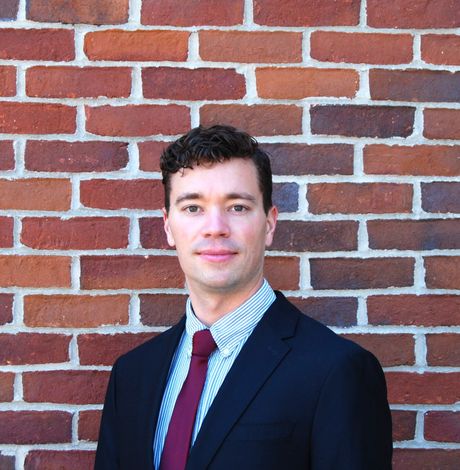
Delivering Custom Solutions for Your Spatial Biology Needs
A scientist helping scientists unlock spatial biology in their labs.
Specializing in biological image analysis (murine or human) and spatial transcriptomics.
Spatial biology was named the Nature Method 2020 method of the year, yet for many scientists the fruit of these advances has remained unattainable. Our passion is to facilitate the application of these techniques to your question based on our years of experience in spatial biology techniques. We work closely with clients to strengthen hypotheses and experimental design, even working hands-on with data to produce reliable results to answer your research question.

Services
01 Planning & Consultation
Biological image analysis and spatial biology are
complex. We will meet to discuss your project and aims, consider different modalities, and illuminate the path to achieve your goals. We have successfully designed, implemented, analyzed and published spatial biology in top-tier journals.
02 Design
Next, we will work out the specifics of your imaging strategy. We work to ensure that your goals are feasible and that your results will be rigorous. This step includes recommendations on sample size, timeline, technical execution, image analysis software, journal expectations, and statistical analysis.
03 Analysis & Results
We offer different levels of data analysis.
A. In-person visit to your site for intensive instruction and analysis.
B. Remote data analysis. Upload your digital image files securely. We conduct the analysis, delivering expedited results using powerful statistical and graphical software.







